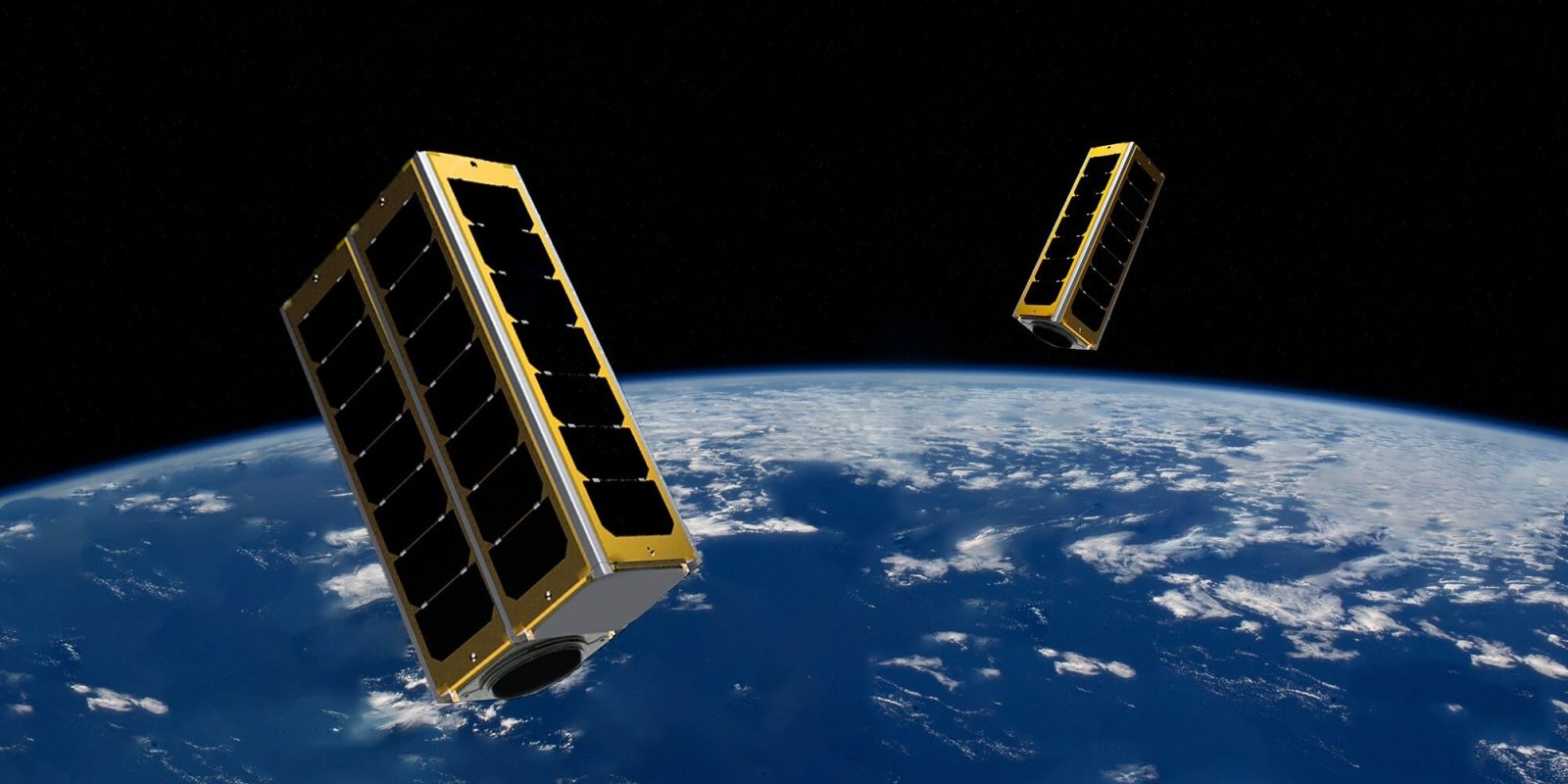
Perovskite solar cells are increasingly being viewed as a possible game-changer as a source of power in space – here’s why.
Low Earth orbit satellites need a reliable juice source as they zip around the planet, and solar panels have been the go-to. The old-school choice for space-bound solar cells has been gallium arsenide panels. They’re about 30% efficient, which is good, and they’re durable, but they’re also expensive. That’s because gallium, a soft, silvery metal, is hard to come by and has a complex manufacturing process.
Enter the potential of perovskite solar cells. They’re cheaper to make, can be deployed on flexible polymer sheets, and they’re catching up fast on the efficiency front, with the potential even to outperform gallium arsenide, which is a pretty big deal. However, the stability of perovskite solar cells is still a work in progress.
Tampa-based Merida Aerospace, a four-year-old “vertical space” startup in its incubation period, says it’s going to turn its hand to developing perovskite solar cells for satellites. Research engineer Andrea Marquez, who’s heading up the development project, says that “perovskite solar cells have demonstrated remarkable resilience to high-energy radiation in space conditions, thanks to a self-healing effect. Furthermore, the arrangement of perovskite crystals is influenced by space temperatures, enhancing their light absorption capabilities.”
Merida Aerospace joins heavy hitters already testing perovskite’s potential in space. In May 2023, Dr. Lyndsey McMillon-Brown, a NASA research engineer, celebrated the success of a spaceflight demonstration testing perovskite durability on the International Space Station. After a 10-month exposure, the perovskite film displayed resilience and unexpected restorative properties. This opened exciting possibilities for perovskite in space, challenging previous doubts.
In July 2023, researchers at the University of Sydney, Australia, said they discovered that perovskite solar cells could regenerate themselves when damaged in space.
And in January 2023, researchers at the US Department of Energy’s National Renewable Energy Laboratory (NREL) proved that an ultrathin protective coating of silicon oxide can protect a perovskite solar cell in space.
What do you think about perovskite solar cells’ potential in space? Let us know in the comments below.
Read more: Scientists figured out how to protect perovskite solar cells in space
To limit power outages and make your home more resilient, consider going solar with a battery storage system. In order to find a trusted, reliable solar installer near you that offers competitive pricing, check out EnergySage, a free service that makes it easy for you to go solar. They have hundreds of pre-vetted solar installers competing for your business, ensuring you get high quality solutions and save 20-30% compared to going it alone. Plus, it’s free to use and you won’t get sales calls until you select an installer and you share your phone number with them.
Your personalized solar quotes are easy to compare online and you’ll get access to unbiased Energy Advisers to help you every step of the way. Get started here. – ad*
FTC: We use income earning auto affiliate links. More.




Comments